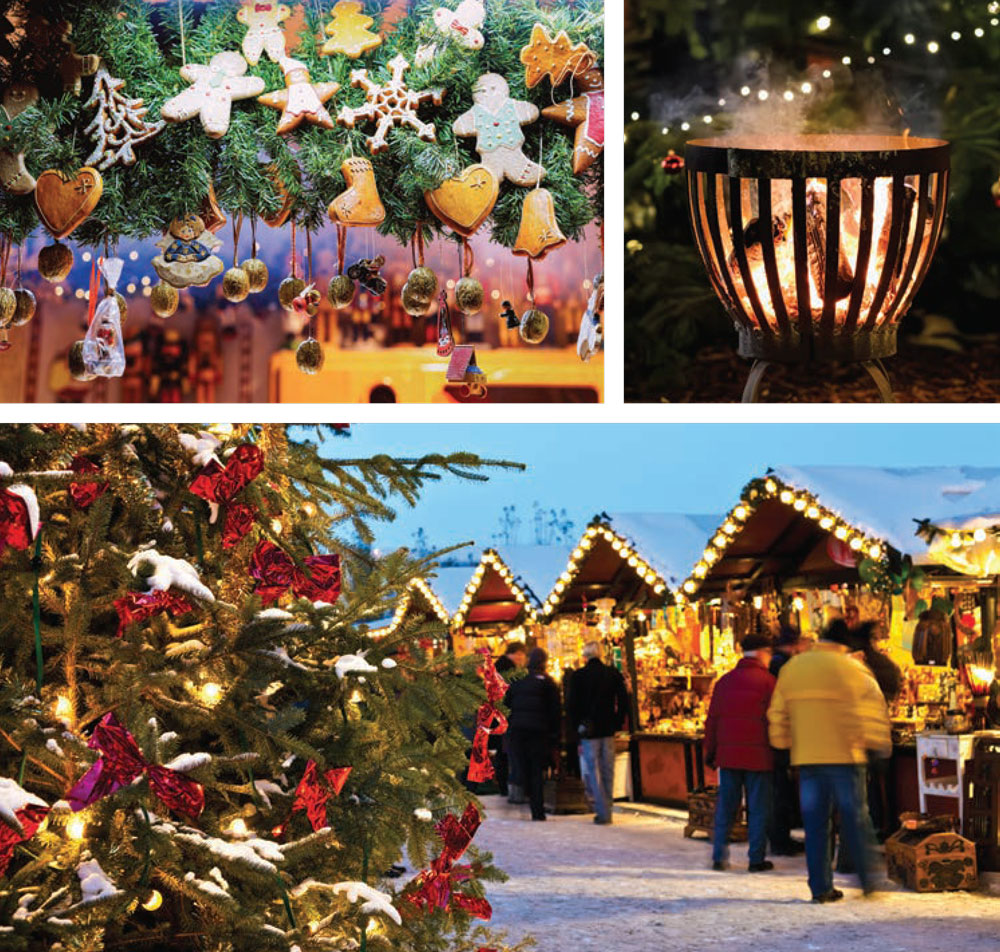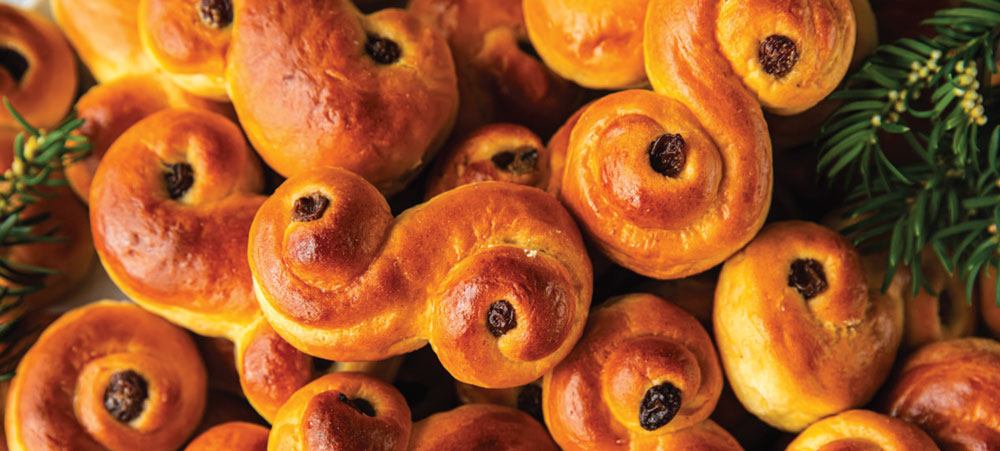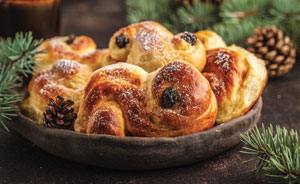WORLD TRADITIONS
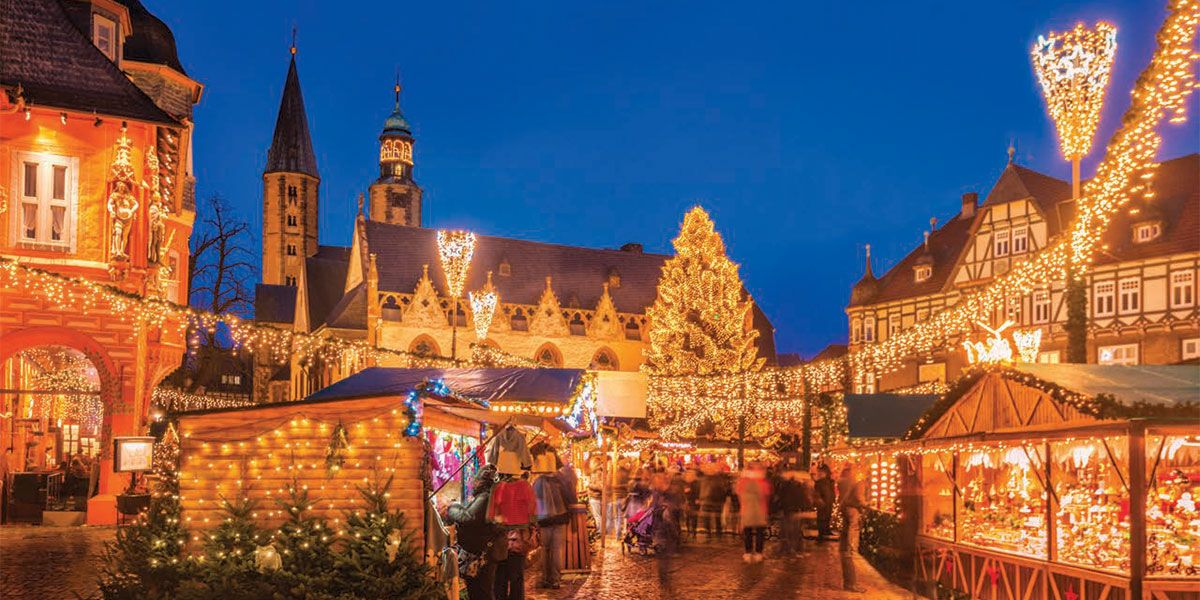
A Snapshot of European & Scandinavian Winter Fetes
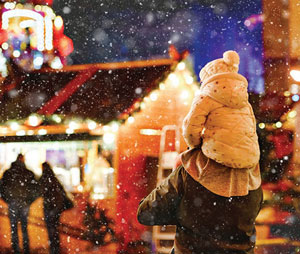 Winter holidays, born from history and tradition, encourage celebrations and gifts. Many festivities filter from country to country as travelers desire to create similar merriments at home.
Winter holidays, born from history and tradition, encourage celebrations and gifts. Many festivities filter from country to country as travelers desire to create similar merriments at home.
German Christmas Markets are one of the oldest of these traditions. Although the marketplaces in Germany are the most famous, many cities in Europe and the United States host Christmas Markets so local shopkeepers, artisans and performers have a venue to share their gifts.
Medieval roots
Christmas bazaars originated with a practical purpose: most people lived in the country far from town. Churches and cathedrals were located in the heart of the town and held their ceremonies on feast days leading up to winter. It was natural for people to visit town before the religious services so they could stock up on food and supplies to sustain them through long winter months. Gradually, these market days evolved into festivals.
Medieval towns used fires to illuminate and add sparkle to drab city streets. They built wooden huts in the city center to house vendors that sold pastries, rolls and hot mulled wines. Stages were built to promote live nativity scenes and offer a place for thespians to present historical theater, puppet shows and poetry readings. Artisans sold paintings and carved wooden Christmas figures. Giant fir trees were erected for the crowning of the Christmas angel.
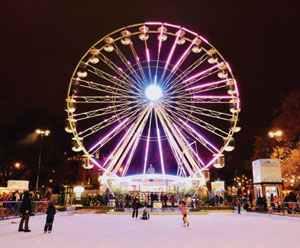 Modern-day additions
Modern-day additions
European cities fabricated these Medieval bazaars then added their own flairs to these celebrations that start in late November and carry on through Epiphany (January 6). It is a tradition that signals the start of the winter holidays and encourages outdoor festivities for locals, travelers and visitors. Today these fairs bring out all ages for ice skating, caroling, Ferris wheel rides and sparkling fairy lights that make old city alleys look magical. Shopping for gifts, holiday meals and supplies becomes an outing.
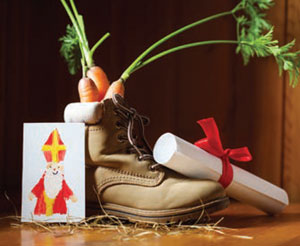 The saints and feasts
The saints and feasts
St. Nicholas Day or the Feast of Saint Nicholas is observed in European countries in various customs. In Germany and Poland, boys dress as bishops and beg alms for the poor. In Poland and Ukraine, children wait for St. Nicholas to put a present under their pillow if they are good. Misbehaving children receive twigs or coal. In Belgium and the Netherlands, children place a shoe filled with hay and carrots for St. Nicholas’ horse in hopes he will stop by and trade it for a gift. The British Father Christmas and U.S. Santa Claus derive many of their traditions from St. Nicholas’ legacy, as does the Norwegian Santa, called Nisse.
Christmas is magical in Norway; many farms and charming waterside towns provide the setting for a winter wonderland. The mountains’ snowy terrain creates the perfect scenery for their holiday legends. The Nisse expands a surprise twist to the traditional St. Nick role. A guardian for farms and their livestock, the Nisse is also a prankster if the children don’t keep him happy with good behavior. Instead of gifts, the Nisse may play a practical joke on them. The Nisse, dressed in Santa Claus garb, arrives on Christmas Eve to hand out gifts to the family.
St. Lucia’s Song
Night walks with a heavy step
Round yard and hearth
As sun departs from earth
Shadows are brooding
There in our dark house
Walking with lit candles
Santa Lucia! Santa Lucia!
Black night is falling in stalls and homes
The sun has gone away; the shadows are threatening
Into our dark house enters with lit candles
Santa Lucia! Santa Lucia!
St. Lucia Day (Dec. 13) plays a central role in Christmas celebrations for Nordic countries; it signifies the start of the Christmas holidays for Norway and Sweden. Saint Lucia was an early Christian martyr and is a woman deeply admired in Scandinavia. Legend tells of St. Lucia wearing candles on her head so she could see her way as she walked, her hands free to hand out provisions to the poor. To honor St. Lucia, children dress in all white cotton outfits and wear crowns of lit candles on their heads. They parade the streets and halls of office buildings, handing out St. Lucia buns and singing traditional songs. These delicious saffron buns studded with raisins are a pastry anticipated all year. (Recipe below.)
- ¾ cup milk
- ½teaspoon saffron threads
- 1 teaspoon white sugar plus ¼cup
- 1 (1/4-ounce) packet active dry yeast
- 3 1/2 cups all-purpose flour
- ½teaspoon Kosher salt
- Seeds from 3 cardamom pods, ground
- ¼cup unsalted butter, softened
- ¼cup sour cream
- 2 large eggs1 egg, beaten for egg wash
- Raisins
In a small pot, heat the milk, saffron and 1 teaspoon of sugar together until the milk is steamy. Remove from heat, and stir to dissolve the sugar. Let cool until about 115 degrees, or warm to the touch, but not hot. Sprinkle the yeast over the warm saffron-infused milk, and let sit for 5 to 10 minutes until foamy.
In the bowl of a stand-up mixer,* whisk together flour, the remaining 1/4 cup of sugar, salt and ground cardamom. (*You can make this recipe without a mixer, it’s just a bit easier with one.) Make a well in the center of the flour, and add the yeast-milk-saffron mixture. Add butter, sour cream and eggs. Mix the ingredients until well incorporated.
Switch to the dough hook of your mixer, and knead on low speed. (Or knead by hand.) Slowly add additional flour, a Tablespoon at a time, kneading to incorporate after each addition. Do this until the dough is still a little sticky to the touch but does not completely stick to your hands when you handle it.
Shape the dough into a ball and place in a large bowl. Cover with plastic wrap. (Note: At this point, you can make ahead and refrigerate overnight if you wish.)
Let sit in a warm place for 1 to 2 hours, until the dough has doubled in size. (One way to tell that the dough is ready is that you poke your finger in it, and it takes quite a bit of time for the indentation left by your finger to go away.)
When the dough has doubled in size, gently press it down, and knead it a couple of times. Break off a piece, and form it into a ball about 2 inches wide. Roll the ball out into a snake, about 14 inches long. Then curl the ends in opposite directions, forming an “S” with spirals at each end. Place on a lined baking sheet, and repeat with the rest of the dough.
Cover with plastic wrap, and place in a warm spot until the dough shapes double in size, 30 minutes to an hour. Preheat oven to 400 degrees.
Brush the tops and sides of the uncooked buns with the egg wash using a pastry brush. Place raisins in the centers of the “S” spirals.
Place in the oven, and bake for about 10 to 11 minutes (turning halfway through cooking to ensure even browning), until the buns are golden brown. Remove from oven, and let cool for 5 minutes before eating.
Recipe from Simply Recipes: www.simplyrecipes.com
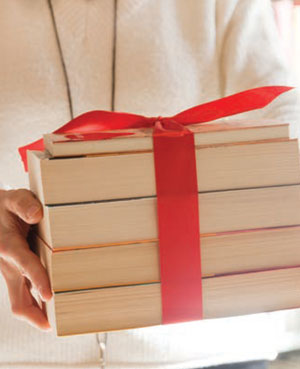 Books make the best gifts
Books make the best gifts
In Scandinavia and Iceland, gift giving begins on Christmas Eve. Iceland’s tradition of Jólabókaflóð (translated as the book avalanche) embraces their annual release of new books. Jólabókaflóð occurs in the months leading up to December. These Nordic countries spend Christmas day feasting with family and reading the new books they received for Christmas.
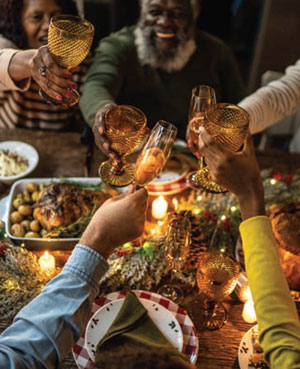 Traditions are the stories, songs and foods that shape our heritage. Learning the customs of other countries connects our world. It makes it smaller and more interesting. The quiet days of winter afford time for studying other countries’ rituals and trying their pastimes. Try making St. Lucia buns or visiting a Christmas Market during these wintry days. Remember to sing as you bake. ✦
Traditions are the stories, songs and foods that shape our heritage. Learning the customs of other countries connects our world. It makes it smaller and more interesting. The quiet days of winter afford time for studying other countries’ rituals and trying their pastimes. Try making St. Lucia buns or visiting a Christmas Market during these wintry days. Remember to sing as you bake. ✦
cathedrals, Christmas bazaars, churches, feasts, German Christmas Markets, Jólabókaflóð, Medieval bazaars, Medieval roots, Medieval towns, saints, St. Lucia Day, St. Nick, winter holidays
